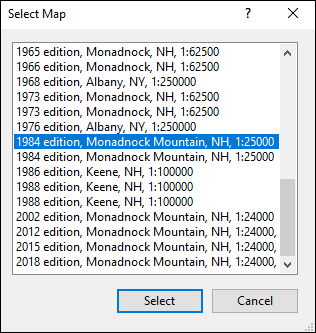


Greynes of the picture indicates sea depth. Tianjin, China port image taken in band 1. The red color indicates plantations (coniferous forests are reflected in darker red or even brown compared to deciduous), green-blue color – urban areas, while water bodies are close to black color.īand 1 (Deep Blue/Violet) –the sensor band in this operation mode is able to collect deep blue color and as a result, helps to monitor coasts as well as to distinguish the dust particles or smoke in the air. Vegetations near Munster, Germany are more visible in the spectrum rather than in standard RGB. This band combination is also useful for drainage and soils monitoring during the crops studies.īands 5, 4, 3 where 5 is false colored to the scarlet, band 4 is green and band 3 is blue. Combination of bands 3, 4, 5 is used to monitor plants and forests more precisely than simply monitoring the greenness picture. With pansharpening of a panchromatic image of higher resolution with multispectral images of lower resolution allows to improve the resolution of the latter and increase their informativeness.īand 8 image of the agricultural fields in Saudi Arabia.īand 5 (Near InfraRed) – is very important in terms of ecological monitoring as the Near InfraRed is the spectrum reflected from water contained in plants. When more precise pictures are required for the research it is possible to sharpen the photo by adding the band into the combination. Due to the sensor sees more light its resolution is 15 m per pixel compared to 30 m in others. The band is also used for urban researchesīand 8 is panchromatic or, basically, black and white is collecting as many specters as possible in one channel which helps it to make sharper images than any other band. Dark Green in the picture indicates woods, greens are the healthy plantations, pale yellow or pale green are recently harvested fields, brown and yellow are unhealthy plants or just planted fields. The picture seen below is a normal satellite mapping photo.īands 4, 3, 2 – agricultural farms around Munster, Germany. The basic aim of these filters is to create a visual map of the area. The opportunity given is to substitute the true color of the image with the color required.īand 2, 3 and 4 (Blue, Green and Red filters respectively) all together these filters are creating a true color band combination or normal RGB picture of the visible light. While monitoring the land cover it is possible to select one or several bands in order to create a clearer picture due to the specific needs for different kinds of researches it is possible to use False Color Images for enhancing the visual appearance of the data. The satellite provides images with a moderate resolution which varies in different bands from 15 m per pixel in the most accurate to 100 m in the LongWave Infrared where accuracy is not vital. The second sensor – Thermal InfraRed Sensor (TIRS) operates in the range of the Infrared frequencies – Longwave InfraRed Light. One of the sensors – Operational Land Imager (OLI) uses 9 bands in the spectrum of visible light and Near Infrared. The bands are pre-set to 11 bands in total differed by the wavelength of their vision. The satellite operates in visible light, near InfraRed ShortWave InfraRed to Thermal (LongWave) infrared. Data survey is performed by two main sensors which are adjusted into prescribed bands. Landsat 8 is an Earth observation satellite built, launched and operated by a collaboration of NASA and USGS.


 0 kommentar(er)
0 kommentar(er)
